I’m going to skip the niceties and just get straight to the point. Orcs are gone and humanity did it.
Shocking, yes, I know.
This particular story is a bit more complicated than the usual mythological fanfare. There exists a very deep, very dark gray area in humanity’s history, with orcs at the center. Thus, to truly understand the chain of events preceding their extermination, I’ll need to break this down into a few sections.
As always, we’ll start with the basic human propaganda.
According to myth, orcs looked, smelled, and acted the part of brutish beasts. They had limbs disproportionate to their bodies, with bulbous warts on their face. Their skin ranged from putrid green to ashen char, with blotches of black speckled in. Their eyes glowered blood red and they snarled with their boar tusk teeth.
Personality wise, orcs mastered the art of unbridled violence. They lashed out at everything from people to puppies. Intelligence belonged only to those who could manipulate the creatures into doing their bidding.
A second opinion is of the thought that orcs matched humans in intelligence but ravaged the lands as a hoard of warmongers. Their society was built on strength and power, creating a punishing and vicious culture to those deemed weak.
As you may have guessed, nothing is ever as it seems. So then, what were orcs really like?
Humans.
No, wait, let me rephrase that. They weren’t ugly humans referred to as orcs. I meant to say that orcs shared many traits with humanity.
Orcs were indeed the brutish, ugly, misshapen creatures that humanity saw. They smelled terrible, looked dreadful, and their habits quite frankly disgusting.
But guess what?
Like the manatees from before, people weren’t supposed to find orcs sexy. They may have looked repulsive, but the same could be said for how humans looked to orcs. Orcs gawked at the creatures known as homosapiens, often confused by the pudgy little species that was sensitive to even slight changes in the environment.
Let’s look at humanity from an orcken point of view:
• Tiny, hairy creatures with spindly limbs and fragile bone structures.
• Squishy bodies that bleed if you so much as poke it wrong.
• Snot-nosed babes that couldn’t even walk a month after birth.
• Pungent smell of citric acid and other concoctions rubbed on the body.
When described that way, humans don’t seem all that pretty by comparison, do they? In terms of intellectual ability, orcs matched most humans. If not for your ungodly ability to procreate, people would have been no match. That’s assuming orcs were even warmongers.
A lesson humanity never seems to learn is that everybody does things differently, and what isn’t your way doesn’t automatically make it the wrong way. Orcken society revolved around survival of the fittest. They engaged in, from an outsider’s perspective, cruel rituals toward their own kin. One such ritual involved assessing the physical abilities of their newly born. Those marked as frail would be tossed to the wilds. If they survived, they could return to the hoard. Sounds cruel to do to newborns, right? Except not a thousand years later, humans built a society mimicking the Orcken. The only difference is that human newborns never had the chance to prove themselves worthy.
To humanity’s credit, orcs were notoriously stubborn and preferred to keep to the hoard, so communication was hard to come by. Orcs lived by a code of merit, and only the strong really had a voice in their society. Yes, it was radically different from humans, and yes, they could seem cruel, but to them it was just a normal way of living. Orc children were tough and wanted to be warriors, which meant they got thrown into brawls with older orcs. Brutal? Absolutely. Cruel? Only from an outside perspective. Don’t forget that humans used to, and still do, beat their own children for no reason other than being left-handed.
Orcs also popularized the idea of dragon-riding badasses thanks to their Drakenguard. I learned how to tame my companion Ignea (Iggy Piggy as I called her, cute thing) thanks to them. They frequently captured and bred different types of Drakae in order to create an entire drake unit. They also hunted fire-drakes for sport, but not to extinction levels like a certain other race.
Lastly, orcs and humans spread as their societies grew. Conflicts over limited resources came about as a natural consequence. Both parties had needs, and both fought to keep those needs met. If they lost in a conflict, most orcs chose to die honorably, with later generations training so that they could challenge humans again. Being the more adaptable of the two, humanity had access to a plethora of other resources and lands, while orcs needed to stick to mountainous regions. So long as they stayed out of each other’s way, things were fine.
Then "The Pale-Blood Incident" occurred.

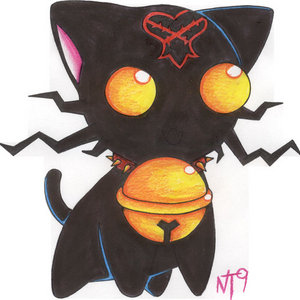
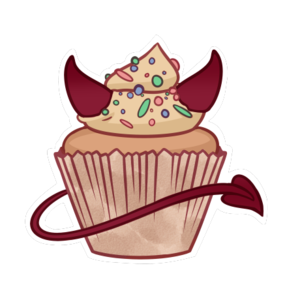
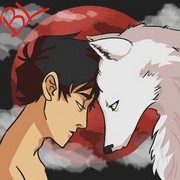


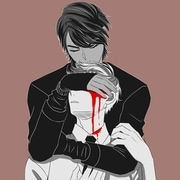
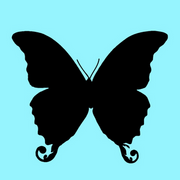
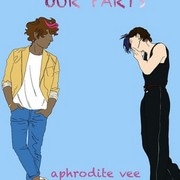
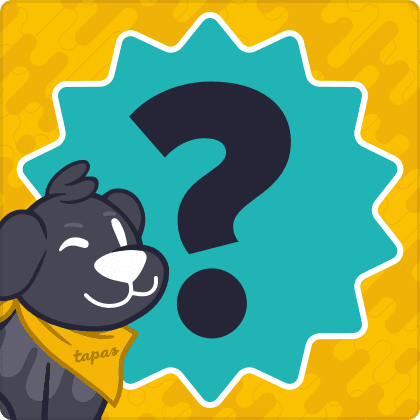
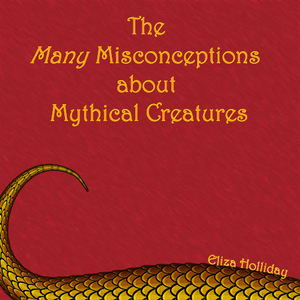
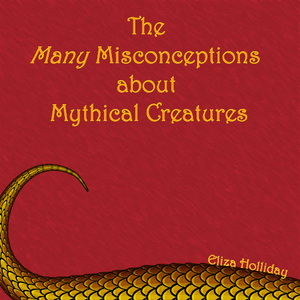
Comments (3)
See all